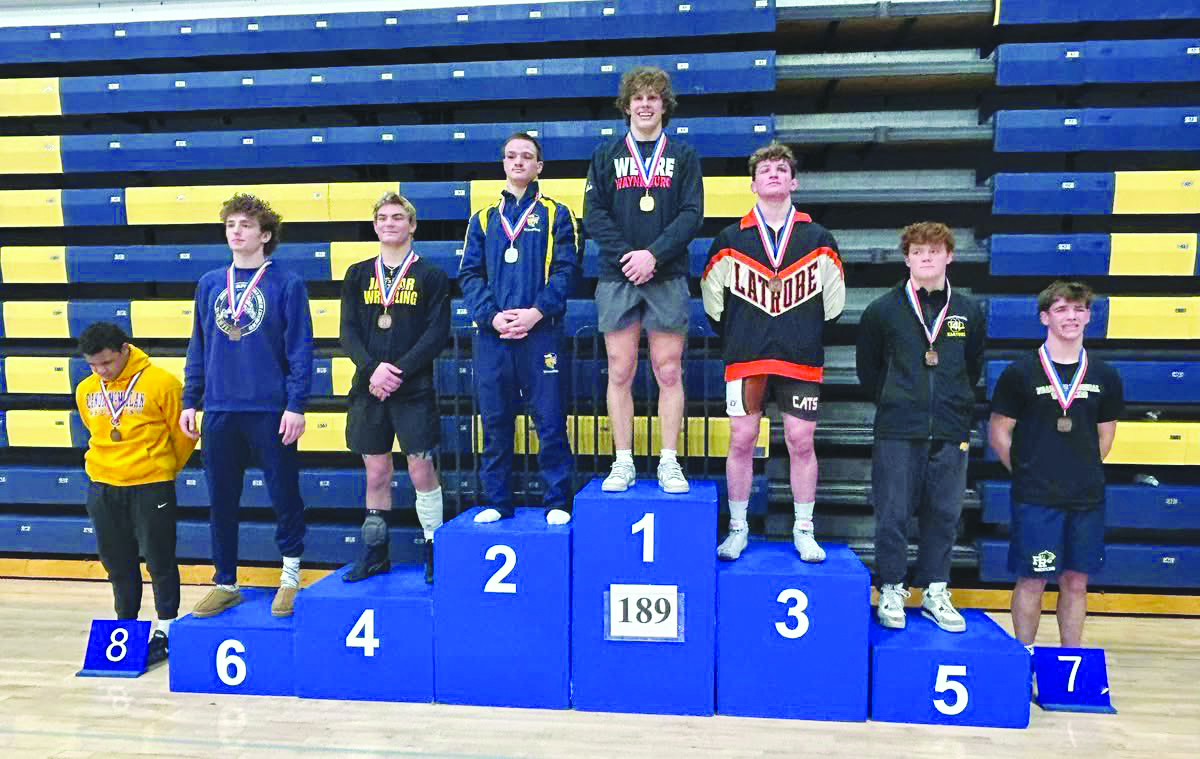Currently, all 583 Pennsylvania Interscholastic Athletic Association (PIAA) schools compete in one of six state playoff tournaments, depending on enrollment size.
The PIAA re-examines male and female enrollment numbers every other year to determine classification placements ranging from 1A-6A. The smallest schools play in Class 1A and the largest in Class 6A.
This includes 40 charter schools and 144 private schools. Despite being less than a third of the total schools, this group captures well over half of the WPIAL and PIAA titles. However, these figures mask the true level of dominance when it comes to the smaller divisions, where most of these schools compete because of their relatively small enrollment size. Unfortunately, all our local schools compete at those levels.
For the first time in years, bi-partisan legislation has been proposed to separate so-called boundary (public) and non-boundary (private) schools when it comes to the state playoffs. There are a couple of different bills which have received support with varying approaches as to the details of such a system.
This is also the first time in years that both sides have sat down in a non-adversarial setting to resolve these challenges and understand each other’s goals. Leaders from the Pennsylvania Catholic Conference and the public school superintendent-led Pennsylvania Athletic Equity Steering Committee each expressed their support for such legislation.
In 1972, the Public School Code was amended to allow non-public schools to be members of the PIAA, which led to the current combined playoff structure.
House Resolution 443 urges the PIAA to create a separate playoff and championship bracket for public and private schools in the Commonwealth. In another proposal, the Parity in Interscholastic Athletics legislation would change the playoff structure to include a public and nonpublic school champion in team sports facing competitive balance challenges. The two state champions would then meet for a final championship.
The new playoff proposals would apply to football, baseball, softball, girls’ and boys’ basketball, girls’ volleyball, and girls’ and boys’ soccer. It should be noted that 10 other states have such divisions, including our neighbor Maryland.
While it is encouraging that such efforts have begun, there are many legislative and political hurdles to overcome before this becomes a reality. In the meantime, the ridiculous status quo continues. Perhaps I am missing some bigger picture, but to me the issue is incredibly obvious. This type of competitive imbalance is akin to Major League Baseball. In what world do a small number of teams get to select who they want and then face off against the rest of the have-nots?
At the high school level, this is not only unfair – it’s actually dangerous. Around the county, I have watched on Friday nights as visiting Class A and AA football teams have taken the field with linemen that would dwarf those at Waynesburg University. The contests not only result in lopsided scores, but an inordinate amount of injuries. We wouldn’t expect a Division III college team to take the field against Penn State with no regard for the safety of those young men.
Since the WPIAL only cares about money, the charade is now extended to the post-season tournaments. Tiny schools with fewer than 100 boys in the entire student body are forced to line up against teams with carefully recruited lineups. Of course, these private school opponents follow all the 10 Commandments…. like, “thou shalt bench 300 pounds or run a 4.4 forty.” Those first round matchups usually make General Custer look like he had a chance.
This season, half of the PIAA and WPIAL football final fours were private schools. In basketball and wrestling the disparity is even greater. The WPIAL boys’ basketball Class A final four was Neighborhood Academy, Serra Catholic, Nazareth Prep, and Aquinas Academy. Two of the teams on the girls’ side of the bracket in that class were Aquinas Academy and Geibel Catholic.
In PIAA wrestling, it may be even worse. This year in AA, Faith Christian beat Bishop McCort in the finals. On their way to the finals, they beat Bishop McDevitt, Cathedral Prep, and Berks Catholic. McCort, McDevitt, and Faith Christian accounted for 9 of the 13 AA state champions this year. At the AAA level, Bethlehem Catholic won its seventh state title in the last 10 years.
On a sidenote, that makes the accomplishments of the 2021 Waynesburg Raider team even more impressive. They were AA public school capturing the AAA state crown.
Public school is supposed to be about opening doors for students and teaching them the importance of fair play, and the PIAA needs to help reinforce those lessons. The association has the authority to make this change. Although the path to reaching a legislative compromise will not be quick or easy, it is important to have an open dialogue with both sides working together.
